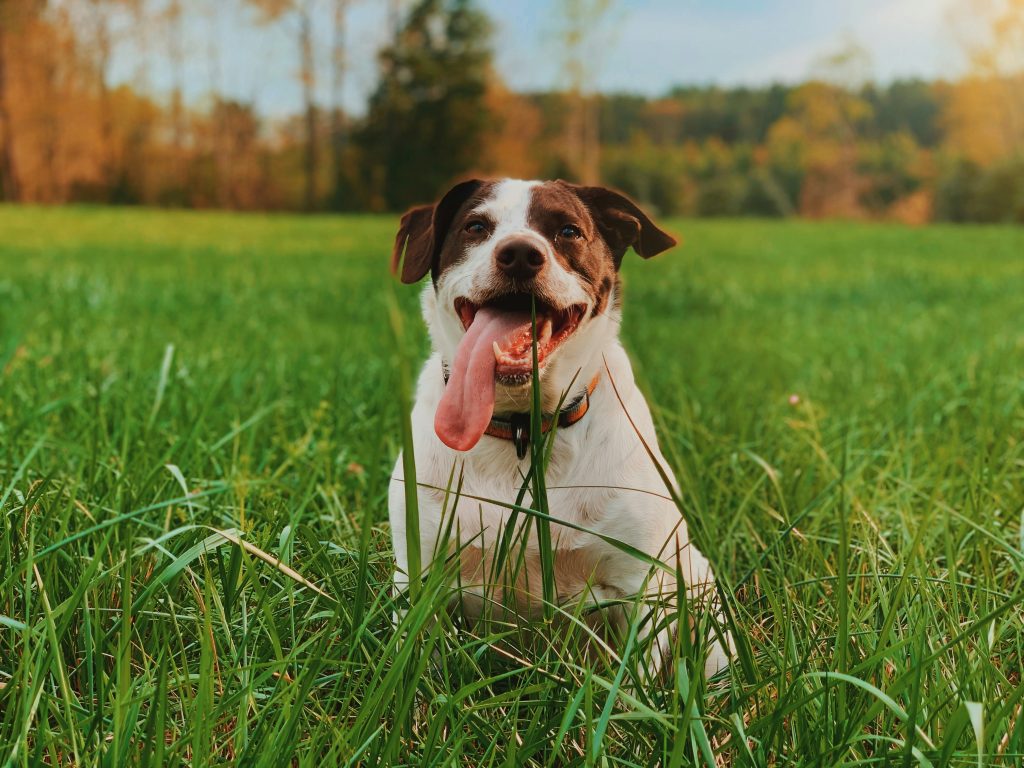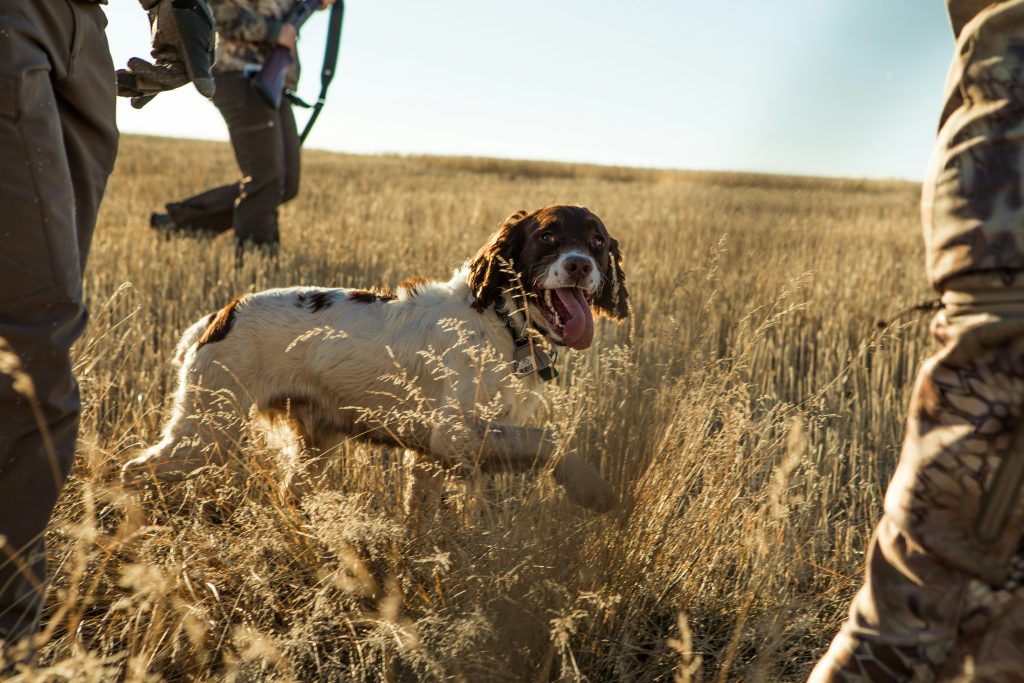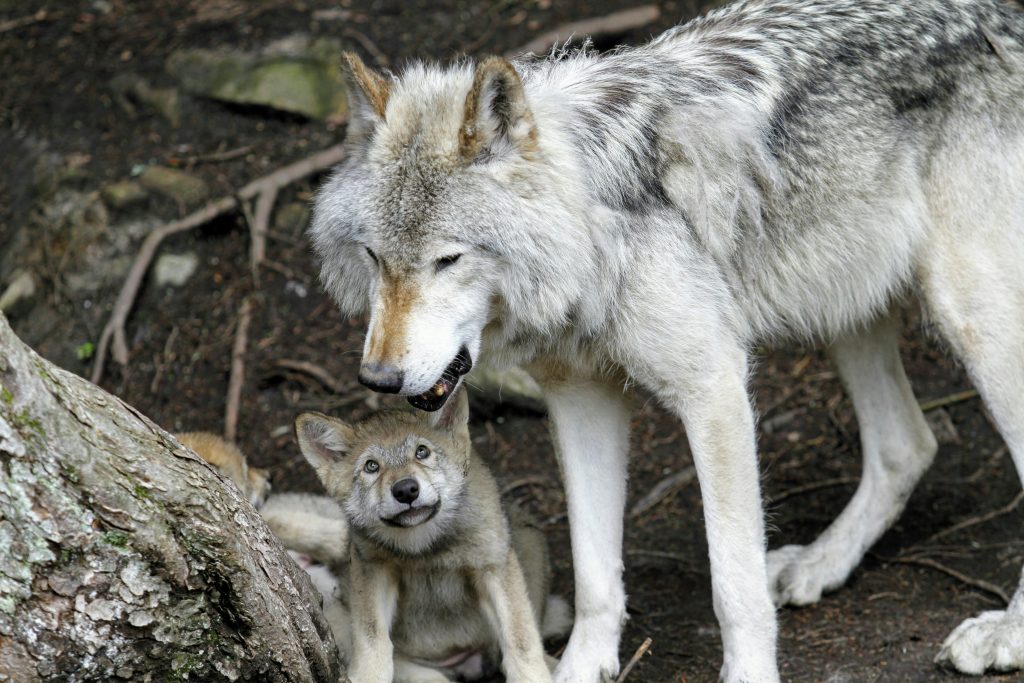The Evolution of Mans Best Friend: A Historical Journey Through the Domestication of Dogs
The Domestication of Dogs: A Journey Through History explores the evolution of dogs from wolves to companions, their cultural roles around the world, their assistance and companionship, the bond between humans and dogs, and the process of domestication and evolutionary journey of dogs.
The Evolution of Dogs: From Wolves to Companions
The evolution of dogs from wolves to companions is a fascinating process that highlights the close bond between humans and canines. The domestication of dogs has not only resulted in significant physical changes but also in the development of specific behavioral traits that have endeared them to humans. For example, dogs have evolved to have splotchy fur, floppy ears, and the remarkable ability to read and interpret human facial expressions, making them incredibly intuitive and empathetic companions.
Moreover, the transition of dogs from their wolf ancestors to human companions has also seen them take on various roles in human society. Initially serving as working animals for tasks such as hunting, herding, and guarding, dogs have demonstrated their remarkable versatility and adaptability. This transition has been further exemplified by their roles as assistance animals for the visually impaired, the deaf, and those with mental disabilities, showcasing their ability to provide essential support to humans in a variety of ways.
The domestication of dogs and their subsequent evolution from wolves to companions is a testament to the enduring bond between humans and canines. The relationship between early settlements and the presence of packs of wolves ultimately paved the way for the domestication of dogs, thereby solidifying their place as invaluable members of human society. This evolution has been a reciprocal process, benefiting both humans and dogs, and has significantly contributed to the rich tapestry of human history and civilization.
Cultural Roles of Canines Around the World
Dogs have been an integral part of human civilization, playing diverse and crucial roles in societies around the world. In early settlements, dogs were indispensable companions, assisting in various tasks such as cleaning up campsites, acting as early warning systems, and aiding in hunting and herding activities. For example, in ancient hunter-gatherer communities, dogs were relied upon to provide security, companionship, and assistance in hunting, making them essential members of the community.
Furthermore, the cultural significance of dogs is evident in forager societies, where they were valued for their role as pack animals. Their ability to assist in carrying goods and supplies demonstrated their importance to the survival and advancement of these societies. The deep-rooted connection between humans and dogs in these early societies highlights the enduring bond between the two species and emphasizes the crucial role of dogs in shaping the fabric of human history.
Throughout history, dogs have been cherished as loyal protectors and companions, leaving an indelible mark on the foundation of civilization and human society. From ancient civilizations to modern times, dogs have been revered for their unwavering loyalty, devotion, and their ability to provide companionship and support to humans. This enduring cultural role of canines has transcended geographical boundaries and societal distinctions, showcasing the universal impact of the human-canine relationship on the development of human societies.
Dogs: A Source of Assistance and Companionship
Dogs have been an indispensable source of assistance and companionship for humans for centuries. Their ability to provide essential support to the visually impaired, the deaf, and individuals with mental disabilities highlights their versatility and capacity to fulfill crucial roles in society. For example, guide dogs have been trained to navigate their visually impaired owners through various obstacles, enhancing their independence and mobility. Similarly, hearing dogs alert their deaf owners to important sounds such as doorbells, alarms, and approaching vehicles, thereby improving their safety and quality of life.
In addition to their role as assistance animals, police dogs have played a vital part in law enforcement and public safety. These highly trained canines are instrumental in detecting explosives, narcotics, and locating missing persons, contributing significantly to crime prevention and the apprehension of suspects. For instance, police K-9 units utilize the keen sense of smell and agility of dogs to search for illicit substances in public spaces and aid in tracking and apprehending individuals involved in criminal activities, thereby enhancing community safety and security. Moreover, the use of police dogs in search and rescue operations during natural disasters or emergencies demonstrates their critical role in saving lives and providing much-needed assistance during challenging situations.
Furthermore, the rising popularity of designer dogs in modern society reflects the enduring influence and impact of dogs as beloved companions and integral members of households. This trend exemplifies the deep bond between humans and dogs, as these designer breeds are specifically bred to embody desirable traits that align with the needs and preferences of their human companions. Whether as service animals, police K-9s, or cherished pets, dogs continue to demonstrate their unwavering loyalty, dedication, and adaptability, solidifying their position as valued members of human society.
The Bond Between Humans and Dogs
The bond between humans and dogs is deeply rooted in history, dating back to the early days of human settlement. As humans transitioned from a nomadic lifestyle to more permanent settlements, dogs played a crucial role in their daily lives. For example, in early settlements, dogs were not only companions but also provided essential support by helping with hunting and herding, guarding the campsites, and acting as early warning detectors. This close interaction laid the foundation for the enduring relationship between humans and dogs, as they worked together for mutual benefit.
Furthermore, the bond between humans and dogs has evolved over time, transcending cultural and geographical boundaries. This enduring relationship has influenced the framework of civilization and human societies across the globe. For instance, in forager societies, dogs were integral members, serving as pack animals and emphasizing their significance in human survival and development. This historical partnership has contributed to the shaping of human history and the foundation of modern societies.
Moreover, the process of selective breeding has played a pivotal role in strengthening the bond between humans and dogs. Through the intentional accentuation of desirable traits, humans have guided the evolution of dogs to meet specific needs within society. For instance, the development of specialized breeds tailored for tasks such as herding, guarding, and assistance for the visually impaired, the deaf, and those with mental disabilities illustrates the adaptability of dogs to fulfill diverse roles within human communities. This process of selective breeding has not only shaped the physical attributes of dogs but has also contributed to their behavioral and emotional suitability for various human-centered tasks, further strengthening the bond between humans and dogs.
Exploring the Process of Domestication and Evolutionary Journey of Dogs
The process of domestication and the evolutionary journey of dogs have been crucial in shaping the human-canine bond and the roles that dogs play in society. From their early days as working animals to their current status as beloved companions, dogs have undergone a remarkable transformation, reflecting their significant and evolving role in human history and society. For example, in early settlements, dogs provided essential support by cleaning up campsites, acting as early warning detectors, and assisting in hunting and herding, thereby showcasing their valuable contributions to human survival and development. This historical journey of dogs highlights the crucial role they have played in the foundation of human civilization, making them an integral part of human societies across different cultures and time periods.
Furthermore, the domestication of dogs has led to their genetic divergence from wolves, resulting in distinct physical and behavioral traits that distinguish them from their wild ancestors. Over time, dogs have evolved to fulfill various roles in human society, serving as working animals for hunting, herding, and guarding, and later as assistance animals for the visually impaired, the deaf, and those with mental disabilities. This evolution reflects the adaptability and intelligence of dogs, as they have been selectively bred to emphasize favorable characteristics, meeting specific human needs and fulfilling indispensable roles within society. The ongoing study of dogs’ natural history by scholars worldwide reflects the enduring interest and importance of understanding the evolutionary journey of dogs and the profound impact they have had on human history.
Conclusion
The historical journey of dogs from their origins as working animals to becoming beloved companions showcases their pivotal and ever-changing role in human history and society. Throughout history, dogs have not only been companions but have also played essential roles in various cultural, societal, and practical aspects of human life. Their journey from wild wolves to domesticated pets has left a lasting impact on civilization, and their influence continues to shape the relationship between humans and animals.
As a specific example, in forager societies, dogs were highly valued for their ability to assist humans with hunting, herding, and guarding, emphasizing their importance to human survival and development. Their versatility as working animals has solidified their place in the historical and cultural landscape of human societies. Moreover, the bond between humans and dogs has been a consistent and integral part of human history, with dogs being portrayed as loyal protectors and companions, contributing to the very foundation of civilization.
The ongoing scholarly investigation into the natural history of dogs signifies the enduring interest and the crucial significance of understanding the evolutionary journey of dogs. Researchers and scholars worldwide delve into the genetic divergence of dogs from wolves, the cultural roles of canines around the world, and the captivating bond between humans and dogs, further cementing the profound impact of this unique relationship on human history and society.



